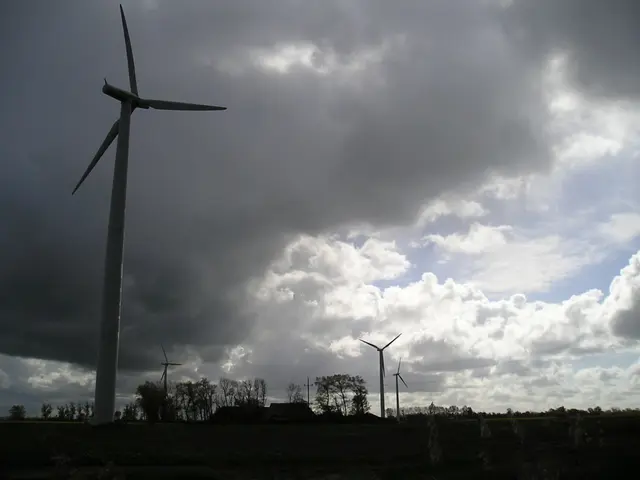ERCOT Proposes New Grid-Forming Requirement for Battery Storage
ERCOT has proposed a new requirement for grid-forming (GFM) capabilities in transmission-connected battery energy storage systems (BESS) with interconnection agreements signed after April 1, 2026. This move aims to enhance grid reliability and stability, especially as inverter-based renewable energy sources increase.
ERCOT's proposal comes amidst growing concerns about reliability challenges posed by the increasing integration of inverter-based resources like solar, wind, and battery storage. The Electricity System Integration Group (ESIG), a nonprofit supporting grid transformation, advises adapting performance metrics to improve system strength and stability.
ESIG's recent report, 'Testing the Performance of Grid-Forming Resources', published by the Regulatory Assistance Project (RAP), focuses on test methods and performance metrics for evaluating the voltage source behavior of GFM resources. The report suggests performance metrics and pass/fail transient tests for assessing GFM resource capabilities under abnormal grid conditions. MISO has already developed GFM specifications for future transmission-connected BESS.
Early deployment of GFM resources can mitigate reliability challenges and reduce transmission infrastructure investment. By requiring GFM capabilities in new BESS projects, ERCOT seeks to ensure grid reliability as renewable energy integration grows. ESIG's report provides valuable guidance for assessing and improving the performance of these crucial resources.
Read also:
- Strategic approach to eco-friendly nickel production for electric vehicles in Europe
- Solar energy company, Imperium, alongside QORAY Mobility & Energies Solar Business, bolsters Nigeria's environmental future by producing superior solar panels domestically and offering flexible payment options.
- AI Inspection Company, Zeitview, Secures $60 Million Funding for Expansion
- Importance of Battery Management Systems: Overseeing and Optimizing Energy Storage Functionality








